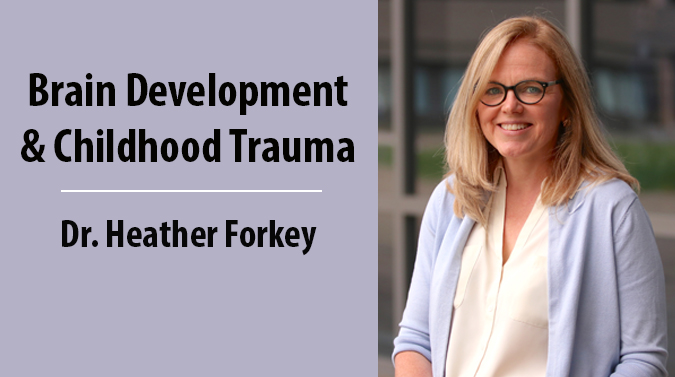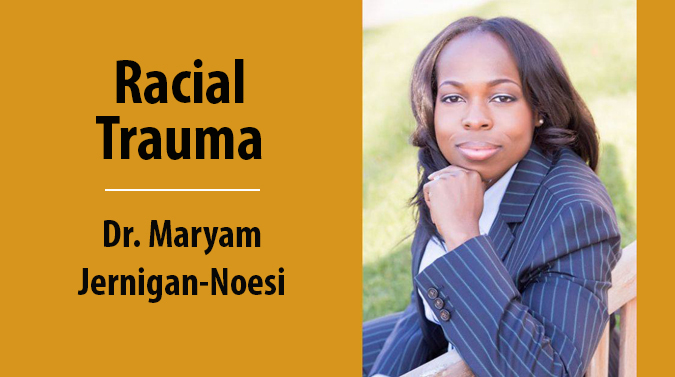Toolkit for Early Educators
Watch this introduction to Building Resilient Children:
Use the three steps in this toolkit to improve your classroom management strategies:
- Learn about trauma and racial trauma
- Take a self-assessment of what you currently do in the classroom
- Use the self-assessment and resources in the toolkit to work toward personalized goals to improve your classroom environment & support resilience in children
1. ADVERSE CHILDHOOD EXPERIENCES AND RACIAL TRAUMA
In order to help children develop as resilient beings, we need to understand the basics of childhood trauma and its effects.
Watch these short videos that describe childhood trauma including racial trauma.
Racial Trauma: Racial trauma is one term used to describe the physical and psychological symptoms that people of color often experience after exposure to particularly stressful experiences of racism. Similar to survivors of other types of trauma (e.g., sexual assault survivors), people of color often experience fear and hypervigilance, headaches, insomnia, body aches, memory difficulty, self-blame, confusion, shame, and guilt after experiencing racism.
Equity: How we behave in the profession is influenced by our background and our attitudes and actions based on perceived differences among children, including race, gender, and ability, among many others. Reflect on your own beliefs and attitudes by using some of the following resources.
Resource: #racialtraumaisreal
ADVERSE CHILDHOOD EXPERIENCE RESOURCES
Preventing Violence Across the Lifespan Research Network Video (6 minutes): Adverse Childhood Experiences (ACE’s) Impact on the brain, body and behavior.
Jacob Ham’s video (5 minutes) reframes a trauma perspective by explaining “learning brain” versus “survival brain” as a way for teachers to talk about trauma with students: “Understanding Trauma: Learning Brain vs Survival Brain”
Trauma Informed Care and the Behavior Pyramid Model
National Child Traumatic Stress Network, document: “The 12 Core Concepts – Concepts For Understanding Traumatic Stress Responses in Children and Families” (2012)
National Child Traumatic Stress Network, article: “Age Level Reactions To A Traumatic Event”
RACIAL EQUITY RESOURCES
View this 3-minute video “The Doll Test: a re-creation of a 1940s American experiment about young children and race”, translated to English from Italy
“Bias isn’t just a Police Problem, It is a Preschool Problem” in a 2 minute video called Let’s Talk by Cory Turner, September 30, 2016 National Public Radio
National Association for the Education of Young Children (NAEYC) Position Paper “Advancing Equity in Early Childhood Education”.
Explore the website of the National Museum of African American History and Culture including Talk about Race which includes this article (Dr. Erin Winkler PACE, 2009 University of Wisconsin/Milwaukee): “Children Are Not Colorblind: How Young Children Learn Race”.
The organization, Embrace Race, has a number of great resources – webinars, tip sheets and action guides for learning and teaching about race and racism. These include:
- 10 Tips for Teaching and Talking to Kids about Race – An Action Guide in English and Spanish
Find resources on the Edutopia website including a 3-minute YouTube video with educator Dena Simmons titled “6 Ways to be an Antiracist Educator”
Build a collective of diverse and inclusive children’s books. You can search over 3000 children’s books at Diverse Book Finder
2. SELF-ASSESSMENT
Building Your Resiliency Classroom Plan
Take about 10 – 15 minutes to self-reflect and complete this Early Childhood Program Resiliency assessment. This will give you some data to focus you on how to build a more trauma-informed and resilient program and environment.
Be sure to check “rarely”, “sometimes” or “frequently” for each of the statements in the 8 categories listed below.
Paper versions of assessment and goal setting (Improvement Plan) for in-person staff meetings, if preferred:
Paper version Self Assessment
Paper version of Observation Assessment
Paper version of Improvement Plan
3. Set goals to improve your classroom environment
Check off the areas that you would like to work on from your self-assessment. Then fill in the goals for those areas below. At the bottom, you can print or save this page to work toward your goals!
Congratulations on working to build resilience in early childhood! After you complete your goals come back to work on other areas.
When you have completed Section 3 and wish to print your results, press this printer button →→→
The Center on Child Wellbeing and Trauma partnered with Family Services of Central Massachusetts (an affiliate of Seven Hills Foundation) to develop this toolkit.



